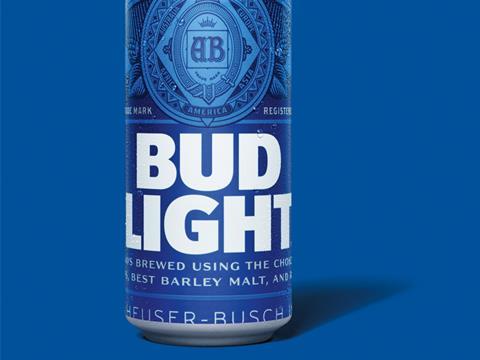
Bud Light is about to make a UK comeback. Sixteen years after it stopped production, the US’s biggest-selling beer brand will this week begin another British rollout into a drinks market much altered, amid concerns about health and obesity, and an explosion of craft and premium brews. So has Bud Light’s time finally come?
“We see a real opportunity to revive the beer category,” says Nick Robinson, marketing director at owner AB InBev. The company was simply Anheuser-Busch when it last tried out Bud Light on Brits in 1998. It fell flat, and production halted in December 2000, with the brewer admitting: “Consumer attitudes to lighter beers did not move as quickly as we anticipated.”
But the ‘light’ subcategory is much better established now, says Robinson, and the hope with the Bud Light revival is younger adults deserting the beer sector will be lured back by “a cool US brand they’ve seen on holiday or in films” - and one that last year generated about $2bn (£1.3bn) of value sales in its homeland.
Plus, Bud Light delivers against young drinkers’ “functional needs”, being lower in abv at 3.5% and containing just 27 calories per 100ml (or 119kcal per 440ml can).
Social responsibility
It also fits AB InBev’s commitment for 20% of its beer portfolio to be low-alcohol or alcohol-free by 2025. (For comparison, regular Budweiser is 4.8% abv and has about 36 calories per 100ml.) Full strength Bud is the fastest growing lager brand in UK supermarkets, up £34.6m [Nielsen 52 w/e 8 October 2016], and AB InBev hopes its popularity will create a halo effect for the Light variant - which will be the booze giant’s biggest launch for at least 10 years, according to Robinson.
Backed by a “very visible”, multimillion pound spend, a four-pack (rsp: £4.50) is set to land on shelf from this weekend and is a “strong brand to transfer to the UK”, he says.
It will find itself up against Coors Light, which is in big growth, having ramped up its value by 26.8% and volumes by 31.6% [Nielsen].
Robinson acknowledges the “good job” Molson Coors has done, but insists Bud Light’s dominance in the US, where sales are around double that of Coors Light, its closest rival, will stand the beer in good stead in the UK.
However, there has been historical confusion among British consumers over the meaning of ‘light’. Most people think it means low alcohol and expect a corresponding low price point, claims Tom Bell, co-owner of Skinny Brands, which recently launched the low-calorie Skinny Lager (27kcal per 100ml).
“The UK still doesn’t understand the concept of ‘light’,” he says. Indeed, Coors Light, while popular for its lower-than-average calories, has never been positioned as a low-cal option. Its name refers to its lighter taste.
Diet Bud?
“It might have been better to call it Diet Bud,” says Nigel McNally, head of Brookfield Drinks, the company behind the relaunched Kestrel lager. He believes drinkers concerned about calories will prefer to sup fewer cans of stronger beer rather than have a session on Bud Light - which will be made at AB InBev’s Magor and Samlesbury breweries.
If the beer still doesn’t resonate with Brits, it won’t be for want of good design. The royal blue can - very different from its late 1990s iteration - is an example of “modern craftsmanship”, according to Adam Ellis, creative director at The Cabinet agency. It “dials up the craft element while making sure the branding appears clean, simple and impactful” he says.
“As far as packaging can alone define the success of a brand, this relaunch should give the brand the best possible chance of success.”








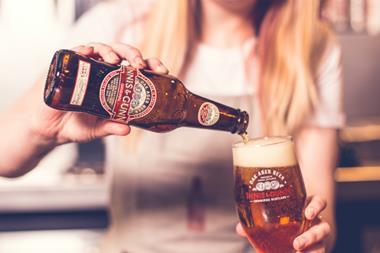
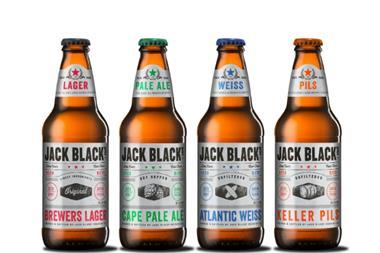
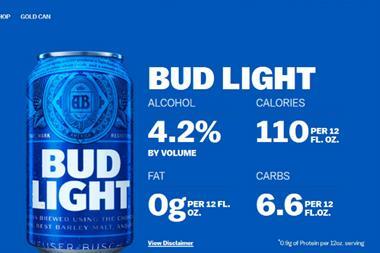


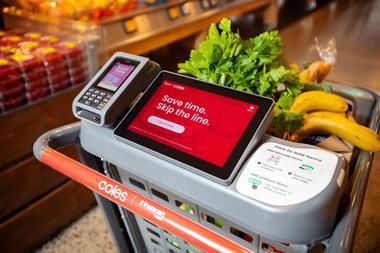





No comments yet